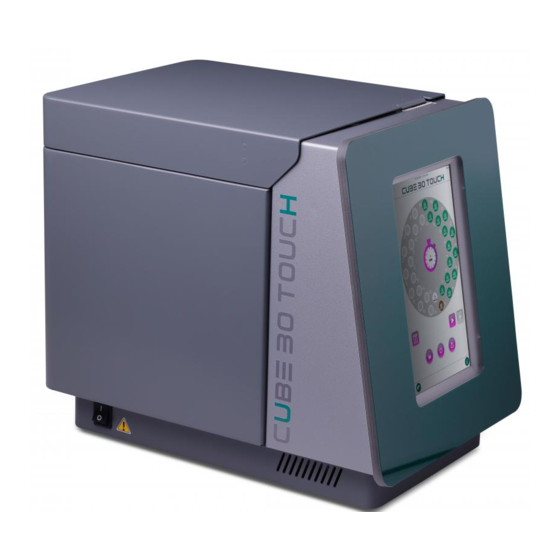
Diesse CUBE 30 TOUCH User Manual
Hide thumbs
Also See for CUBE 30 TOUCH:
- Service manual (113 pages) ,
- User manual (56 pages) ,
- Quick start manual (3 pages)














Need help?
Do you have a question about the CUBE 30 TOUCH and is the answer not in the manual?
Questions and answers